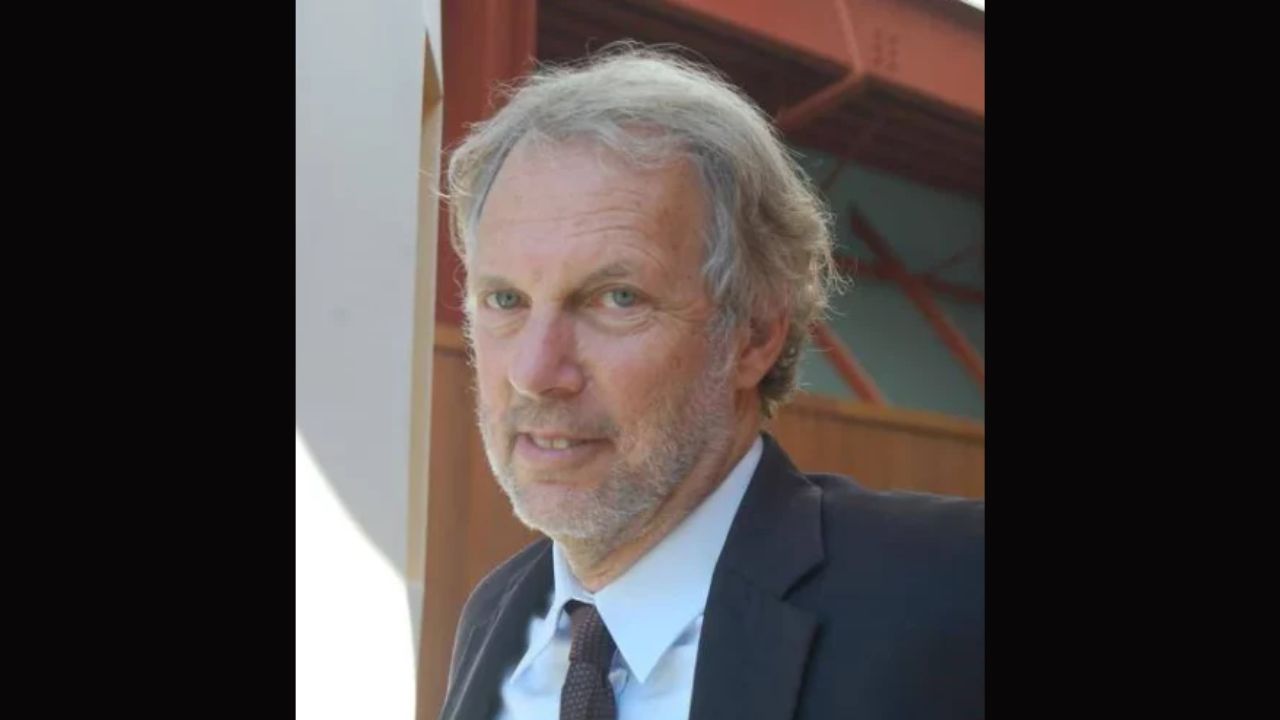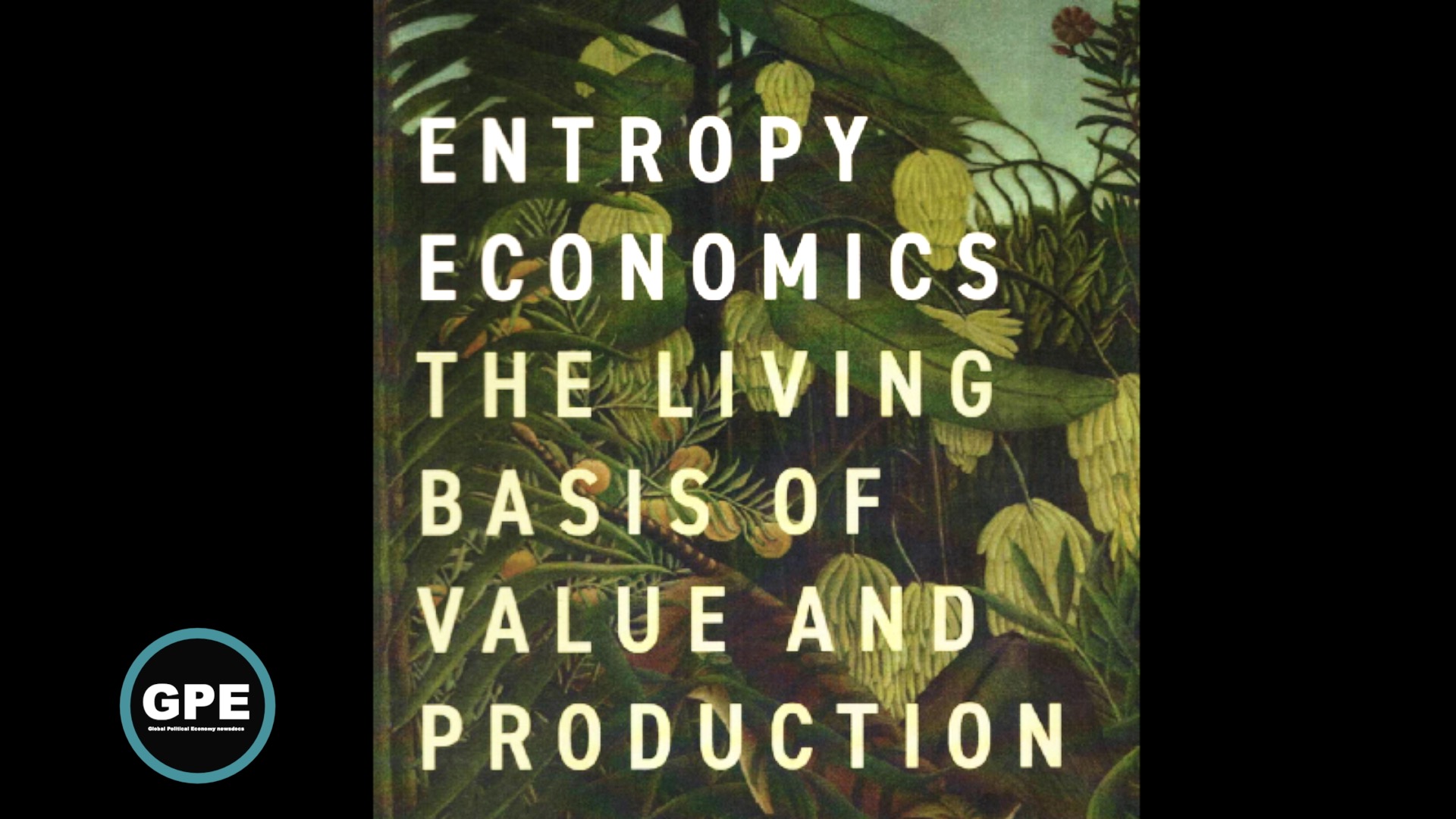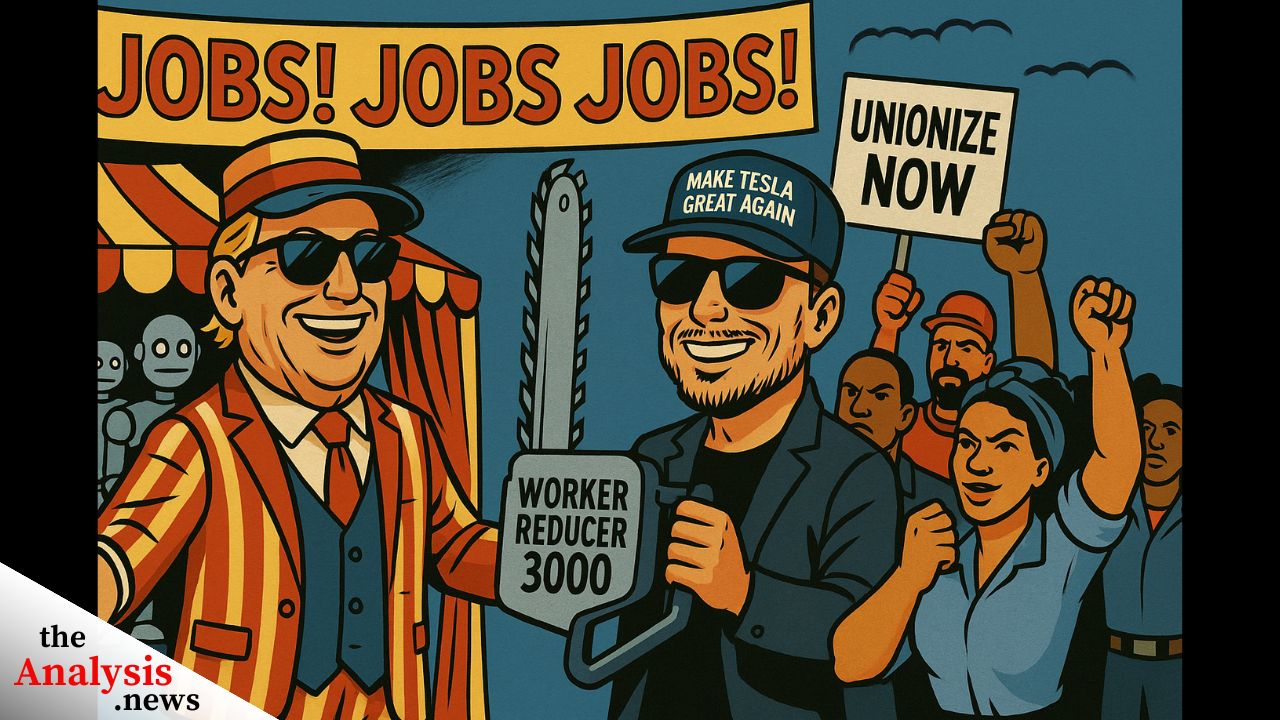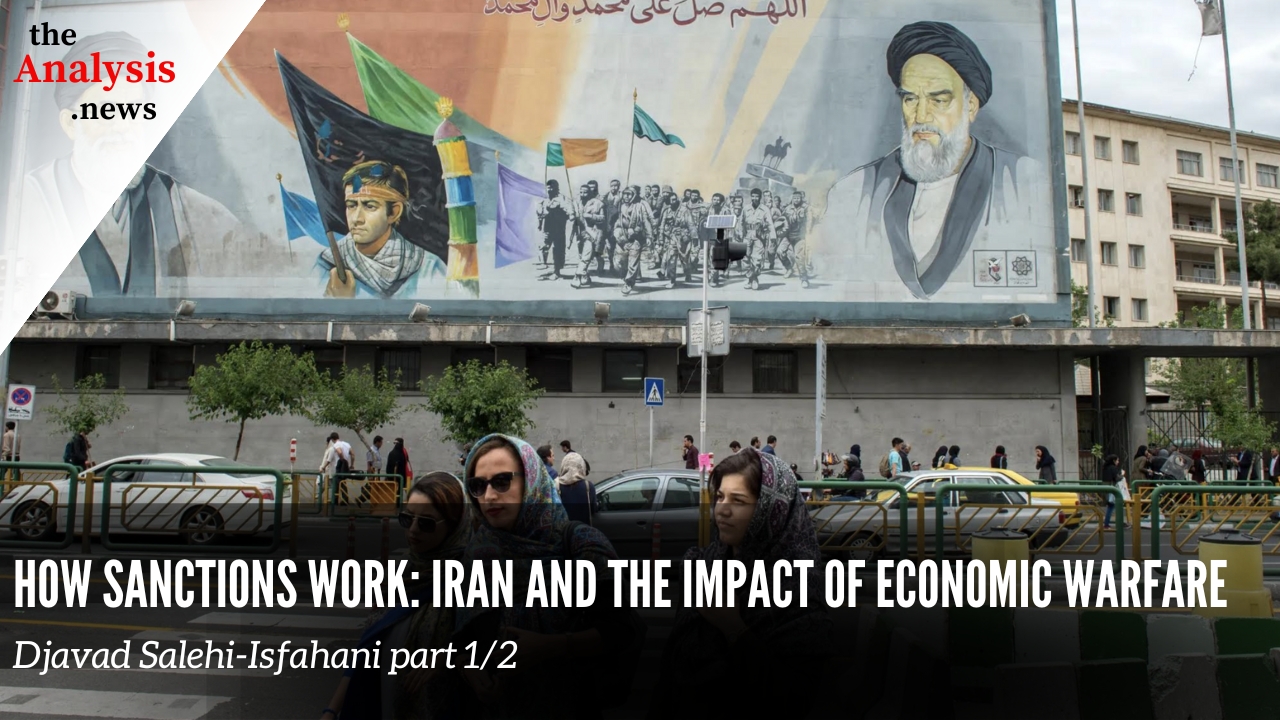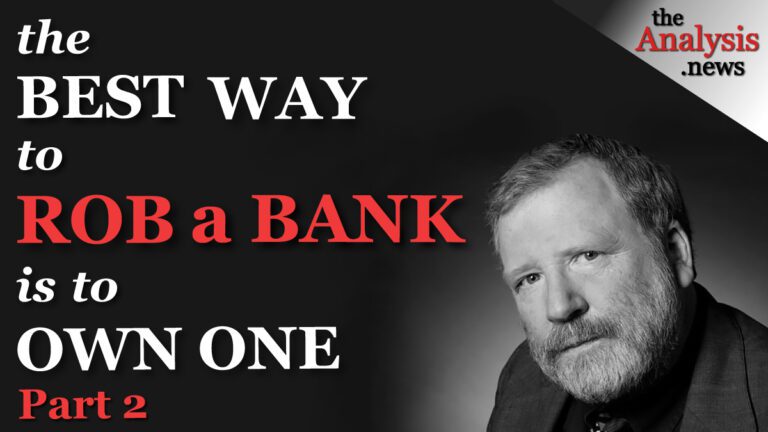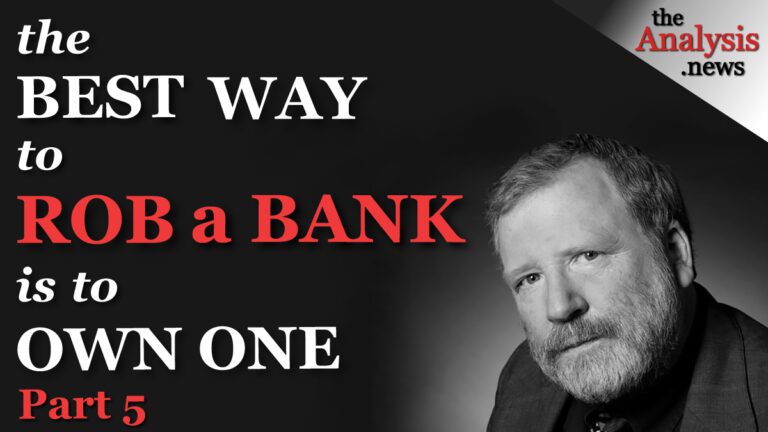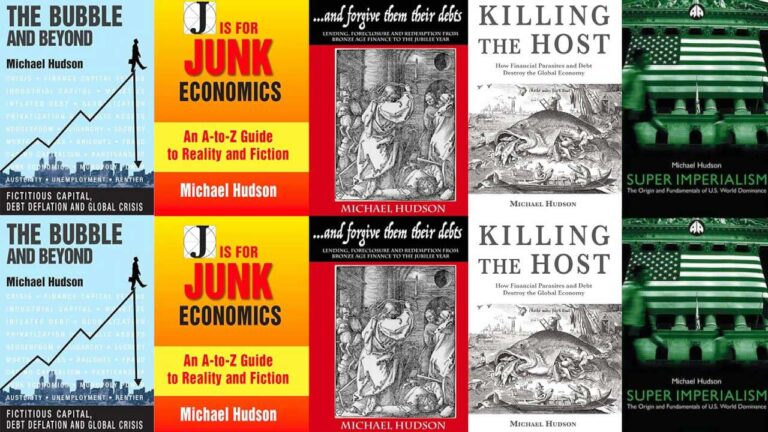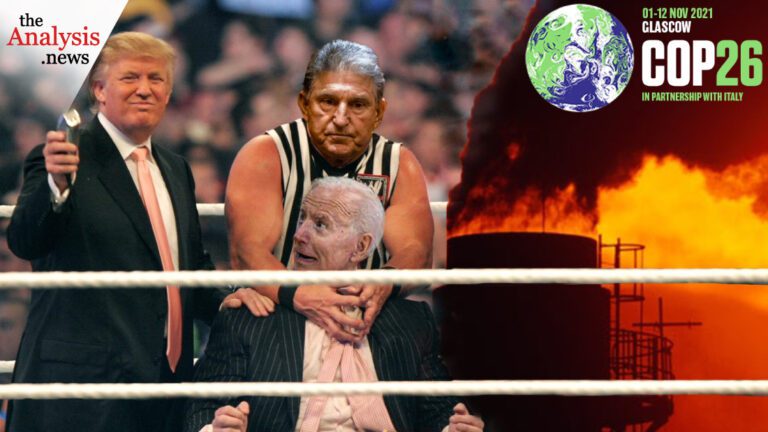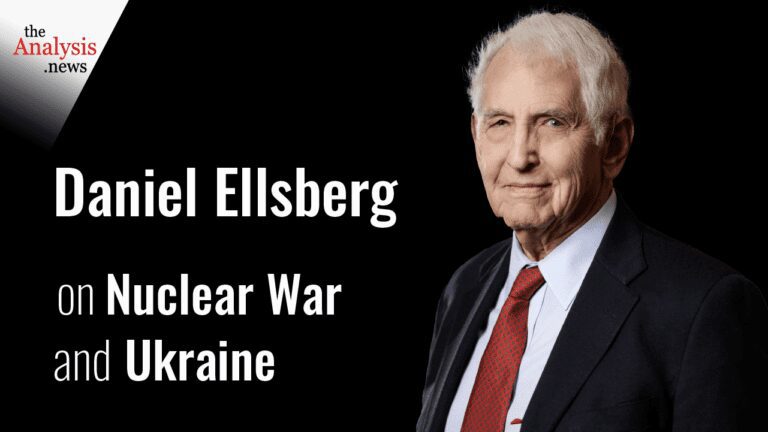This interview was produced by INET. Robert Pollin presents a compelling case for a global Green New Deal that fights climate change without sacrificing jobs. He explains why the shift to renewable energy is not just technologically possible, but economically beneficial—creating far more jobs than fossil fuels. But without strong labor protections and guaranteed wages, pensions, and reemployment for fossil fuel workers, the transition risks political backlash. Drawing from work in West Virginia and beyond, Pollin outlines the real costs, benefits, and global financing strategies needed to meet the 2050 net-zero target—while ensuring no community is left behind.
This is an AI generated version of the transcript. An edited version will be arriving shortly.
Robert Pollin
I think part of the answer is that the message has gone out that this green transition is going to be bad for workers. It is going to negatively impact their opportunities, their livelihoods. And that’s why it’s so critical to tell the opposite story, that this is a way through which we’re going to expand opportunities, we’re going to defend people’s living standards. And I think even if you don’t care at all about the families and the workers themselves, politically, it is critical to tell that story.
Having done work, for example, in West Virginia, I know that when I did the work, my project in West Virginia, I met with United Mine Workers leadership. It’s not like they were saying, “Oh, we love this idea.” But they were willing to say, “Well, if there is a robust transition for our workers and communities, we see the point.” And so that has to be critical. And that is something that we need to move into the communities, even in the face of Trump. Even in the face of Trump.
Robert Pollin, University of Massachusetts, Amherst.
Roughly 70% of all greenhouse gas emissions, including CO₂, methane, and nitric oxide, those are the three big ones, of which CO₂ is about 80% of the three. So carbon dioxide, CO₂, is the biggest single driver of climate change. And the biggest single driver of CO₂ emissions in the atmosphere is burning oil, coal, and natural gas to produce energy. So if we are serious about a climate stabilization program, the first thing we need to do is phase out the use of fossil fuels to produce energy.
The other factors, of course, are also important: stopping deforestation, ending industrial agriculture, and also the production of fossil fuels, such as through fracking, releases methane gas into the atmosphere. So that is compounding the impact of fossil fuels through the combustion process, also through the production process we get.
But first and foremost, we must stop burning fossil fuels to produce energy. Otherwise, there’s no chance of getting close to a climate stabilization path.
According to the Intergovernmental Panel on Climate Change, when they put out the 2018 study, which was called 1.5 Degrees by 2050. So the goal was that we would be at net-zero emissions by 2050. And they also said we had to cut emissions by 45-50% as of 2030.
Now, 2030 is four and a half years from now. We’re not going to get there. Co₂ emissions have at least flattened out. That is an achievement. They’ve stopped increasing. So we’re at about 36 billion tons of CO₂ emissions per year. Twenty years ago, we were only at about 20 billion tons. So we’ve seen a sharp increase, and most recently, it’s flattened out.
Now, it is still feasible to get to net zero by 2050, which was the fundamental goal. The intermediate goals, it’s not going to happen. Conceivably, we could get it there by 2035, but the likelihood is slim. That means we have to redouble our commitment to getting to at least the 2050 net zero goal. And we will pay consequences for not having hit those intermediate targets if you follow what the IPC, the climate scientists have been saying.
I think the 2030 target, four and a half years from now, is not possible. However, the 2050 goal certainly, in my view, remains within reach. And it is absolutely true that we still need energy to run activity in the economy. We need energy to heat, cool, light buildings, to power automobiles, airplanes, ships, to run industrial machinery, and to operate AI operations. We do need energy, but it doesn’t have to be fossil fuel energy.
The alternative energy sources, renewable energy, now on a per unit basis per kilowatt hour of electricity, are cheaper than the cheapest fossil fuels. Another UN agency, International Renewable Energy Agency Arena, their latest research has found that the new installations of solar power and wind power are coming in at lower cost than roughly 80% of all fossil fuel projects in the world. So strictly on a competitive cost basis, renewable energy outcompetes fossil fuel energy. That said, there’s still a massive infrastructure that we have now that depends on fossil fuel energy. So we have to transform that infrastructure as well as having the ability to deliver a kilowatt of energy at low cost.
The Green New Deal, I think, is a term that is evocative, valuable. I didn’t make it up. Actually, it was the New York Times columnist Tom Friedman that first coined the term, as far as I know. Anyway, I think it captures some important features of the challenge in that it evokes the 1930s New Deal that was a project of overcoming the 1930s Great Depression with an egalitarian agenda that was pro-worker, that created social security, that established minimum wages in conjunction with addressing the severe economic crisis.
So the Green New Deal is, in my view, a means through which we can synthesize the projects of advancing an egalitarian agenda and meeting the emission reduction target to get to net zero. It means building first and foremost, not exclusively, but first and foremost, it means building an entirely new renewable energy, high efficiency dominant infrastructure to supplant the fossil fuel infrastructure.
Now, on the issue of employment, the project of building this alternative infrastructure is a major source of job creation. It has to be. Any investment project, as we economists know, any investment project generates jobs. You spend money on military, it creates jobs. We all know that. The Pentagon knows that. That’s why they cite Pentagon projects in all 435 Congressional districts, because they know the job creation impacts will be positive, and they will get positive spin on the basis of that. You get more jobs per dollar of expenditure by investing in the green economy than in military, and especially in maintaining an existing fossil fuel economy. In fact, you get three and a half times more jobs per dollar expenditure on average.
Now, on top of that, though, we have to address the fact that there is this existing fossil fuel infrastructure, and when you phase it down, people are going to lose their jobs. People in the fossil fuel industry. Communities that are dependent on the fossil fuel industry are going to experience loss, displacement, and so forth, declining tax revenues.
So a major feature, in my view, of the Green New Deal is to establish a just transition for the workers and the communities that are currently dependent on the fossil fuel industry and to enable them to transition into new employment opportunities to defend the pensions that they have and to maintain their living standards. That’s the core of a just transition. In my view, it’s also a core feature of a Green New Deal.
I’ve been working on the issue of green transition. I’ve done consulting with lots of unions and state governments and NGOs, and I’ve been in very interesting conversations around this. For example, the one that stuck, this conversation happened more than once. They said, “Look, great research, Professor. We see how there’s more jobs. But the problem is you’re going to keep your job writing these studies and giving speeches, and we’re going to lose our jobs. You can say it’s great for us to transition to new things and to get training, but it’s not going to happen on its own. Anyway, we like our jobs. They’re well-paying jobs.”
They are relatively well-paying jobs, and that’s because over generations, these workers were unionized. And that has not happened to the same extent in the green sector, solar, wind, so forth, hydrothermal, geothermal, and so forth. So that’s why, in my view, a core feature of a just transition is that the workers that are currently in the fossil fuel industry, as their jobs phase down, they are guaranteed a new job, they’re guaranteed comparable wage, they’re guaranteed comparable pensions, and that will enable them to go with confidence and maintain their living standard. The other things, retraining, relocation support, yes, those are useful, but they are no substitute for people understanding that their livelihood is not at stake here.
I’ve done a lot of work on estimating how much it actually cost to build out a 100% renewable energy and high-efficiency infrastructure. I’ve done it for the U.S. economy. I’ve done it for the Korean economy, South Korean economy. I’ve done it for Brazil. I’ve done it for South Africa. I’ve done it for many other countries in different projects, and I’ve done it for the global economy. And of course, this is all rough. But it’s carefully done in that.
I looked at the cost of installing capacity, solar, wind, geothermal, high efficiency. Efficiency investments are absolutely by far the cheapest way to reduce emissions. And that’s rarely understood, but that’s critically true. And it’s also more labor-intensive than most of the other, the renewable investment activities.
So if you put all that into the pot and we do the capital expenditures to build out this green transition. So I also have to estimate the demand for any energy source over the next 30 years. And I make estimates as to the growth rates and the energy to activity, GDP ratio, which we call the energy intensity ratio. So I do all that. And a pretty robust result is that we’re looking at something in the range of 2.5% of GDP. I get the result in the U.S., I get the result in South Korea, and so forth. I get the result pretty much for every state in the United States.
Interestingly, the International Renewable Energy Agency, with whom I’ve had very modest interactions, certainly not around any research details. They did their own study. They came up with the same number. The International Energy Agency, pretty much the same number. I think it’s a robust number. About 2.5% of GDP, if we project that out to 2050, we’re looking at about four and a half trillion per year on average on the assumption of a global growth rate at about 3% per year. Now, these are variables, these are assumptions, but that’s the basic thing.
The costs of guaranteeing this just transition for the workers is actually minuscule. And I’ve dug into that a lot. I’ve done it for the entire U.S. economy. I’ve done it for U.S. states. I mean, the most impacted state would be the state of West Virginia. I did a study strictly on the state of West Virginia to guarantee all the workers. Because if we talk about a phase down, and we’re not going to shut off the fossil fuel industry tomorrow, we’re going to phase it down to 2050. And we’re looking at it, once we factor in voluntary retirements, we’re looking in West Virginia at a project that maybe a thousand workers per year are going to face displacement. To find jobs for a thousand workers per year is not a big stretch, especially given if we’re investing 2.5% of West Virginia’s GDP and building out the green economy, you’re going to get something like 30,000 jobs, 30 times more than the job displacements that result on an annual basis. And the numbers… So it comes out to 0.2 % of West Virginia’s GDP.
When you do it for the entire country, the U.S. economy, including these guarantees, pensions, wage guarantees, and retraining and relocation, it’s 0.02 % of GDP. It’s almost trivial. As long as we make the commitment to do it, it’s something that’s readily feasible.
The way various people can flesh that out differently, a rough assumption that I’ve been making on a global basis is we’re looking at roughly 50% public investment, 50% private investment. I think that’s probably reasonable in a country like the U.S. with a highly developed financial market. It can probably be more private, but it has to be incentivized.
I thought on balance, the Inflation Reduction Act, Biden’s program, and the Bipartisan Infrastructure Bill, which has a lot of green investment features, were pretty good programs for incentivizing private investment. Well, the Bipartisan Infrastructure Act was all public spending, but the Inflation Reduction Act was basically incentivizing private investment. In that case, if we’re talking about maybe the public share only in the range of 10-15 %, to incentivize adequately, to lower the costs of capital for private investment. That is something that is readily achievable.
I think the Inflation Reduction Act… I don’t know if the Trump administration is going to wipe it all out tonight, like they’ve done with some other things. But I think it’ll be difficult for them politically because as a matter of fact, the highest proportion of investments through the Inflation Reduction Act thus far have been in red states. Those states really don’t want to see these investments go away.
In West Virginia, there’s $700 million of new investments in battery technology and various site comparable projects just in the last two years. Far exceeding anything that has been invested in that state in fossil fuels. So having the private investment take the lead in a country with a robust financial market, I think is realistic. If we’re talking about low-income economies, yes, I think we need to think about the public sector taking a larger share. And in that case, yeah, I think we need these tools. I think a global carbon tax is a leading policy tool. Eliminating fossil fuel subsidies. Fossil fuel subsidies themselves are, as of this year, the most recent 2023 data, are at 1% of GDP right there.
Now, we say, well, we can’t get rid of the subsidies altogether because it helps out low-income people to survive. True. So even if you took a half of that and you saved the other half and gave either food subsidies or other income subsidies or cash subsidies, you’re still at a half a percent of GDP. So you’re still 20%. You’ve gotten 20% of the way just by eliminating the fossil fuel subsidies.
Another policy, which would be totally feasible, are central bank policies to buy green bonds that are issued by development agencies like the World Bank. Given that, just take the case of the U.S., during the COVID crisis, the U.S. Central Bank injected seven trillion dollars into Wall Street in a matter of months, if not weeks. So we could certainly get 10% of that on an annual basis, going to bind green bonds on a global basis. Those are some examples through which we can mobilize the public financing to complement the private incentives.
First of all, of course, it has to be a global Green New Deal, because if we talk about emission getting to zero, right now, China is by far the biggest source of emissions currently. They weren’t historically. The U.S. is next, and then the EU in total. And the three entities constitute 55% of all emissions. So today, if you shut down emissions 100 % today, China, U.S., EU, which, of course, is an impossibility, but let’s say you could do that, you still are only 55% of the way there. You still have to get the other 45 % of emissions down to zero. And so that’s coming from largely, mainly from the developing world.
And yeah, for one thing, they are not responsible for having created the crisis in the first place because they were not burning fossil fuels to the extent that the advanced economies were. Secondly, they can’t mobilize that amount of finance. So there have to be cross-subsidies between the high-income countries and low-income countries. And green bonds, and the institutional arrangement through maybe the World Bank, maybe the IMF, maybe some other new entity, to me, those are administrative details, but that, yes, the project does require. And the high-income countries did commit to $100 billion a year that they haven’t fulfilled. But let’s keep in mind that $100 billion a year is really not pocket change, but not nearly enough. It should be in the range of a trillion.
I myself am of the view that to hit that 2050 target, it can be done not immediately, but over the next 25 years, basically through renewable sources. So that would be mainly solar and wind, but also geothermal. There’s actually some very interesting new research on how to really extract geothermal from much deeper wells than we get now. Some hydro and some bioenergy that can be extracted cleanly. So that’s what I’m convinced of, along with investments in efficiency.
So right now, the energy to GDP ratio, it can be basically, realistically, in my view, can be cut in half on a global basis, if not more than half. So, for example, if we just compare different regions. I mean, in the U.S., the average energy intensity ratio is twice that of Germany. Why can’t the U.S. in 10 years get to the German standard? Within the U.S., the energy intensity ratio in West Virginia is five times that of California. Now, we can say, oh, well, California, they’re all advanced, they have higher incomes, but five times the level of energy consumption relative to activity. So in my view, there’s a huge opportunity to make the first thrust to getting to our zero emissions by simply raising efficiency standards.
They don’t like the term fine. Let’s use a different term. I’m not wedded to the term. I’m wedded to the principle and to the project. The project is to achieve the emission reduction targets laid out by the climate scientists, the mainstream climate scientists, summarized in the important work of the Intergovernmental Panel on Climate Change. Hit those targets and do it in a way that also advances widespread well-being, that advances well-being for working people and reduces poverty. I think those things go together very well on the point of reducing poverty, just as an example.
I mean, as it is right now, 50% of rural areas in sub-Saharan Africa have no access to electricity at all. How transformative it would be for them to have that access. Working with smaller-scale solar and wind projects is much easier than thinking about massive-scale, utility-scale projects, whether it be natural gas, whether it be coal, whether it be nuclear. So I think it’s a huge opportunity to enable rural people in sub-Saharan Africa, enable women to not spend four hours a day gathering wood and dung, rather to have access to affordable electricity. So that’s part of the Green New Deal, as I see it.
Donald Trump is aggressively opposed. In fact, the statement that his administration put out when they were announcing that they were cutting off all the grant funding. The exact wording, their explanation was, they were doing this because all these programs in the government, they’re, what did he say, Marxist, equity, transgenderism, and the Green New Deal. Those are all the worst combination of things that we have operating in the U.S. government now. No, they’re not going to be sympathetic, and that obviously is a problem. And it’s not just a U.S. problem, it’s a global problem. And he immediately withdrew from the Paris Climate Agreement. He’s basically shutting down the Environmental Protection Agency and so forth and so on.
Okay, so that’s the reality. And how do we deal with it? One way is, as I mentioned, it’s not clear that the Trump administration is going to want to shut down these infrastructure and green investments that have actually been located primarily in red states. And I know people that worked on these bills quite intensively and weren’t all that happy about money going to red states. But you see, the strategy was to build a consensus, a larger constituency around what we could call a Green New Deal.
So I don’t know that among all the things that Trump says he’s getting rid of, he hasn’t yet said that he’s getting rid of the Inflation Reduction Act or the Investment Bipartisan Investment Subsidies. He may. He may get rid of some of it. He may not. Even if he does, I think what we have to do at the moment is work at other levels of activity, for example, at the levels of states.
I myself am now engaged with the state of Michigan on advancing a Green New Deal for the state of Michigan. And other states have followed suit. California certainly is going to continue. It’s not going to be as easy because they won’t have the same access to federal funding, but they have resources. I mean, California is the fifth biggest economy in the world, if it were a country. In other countries, certainly in Europe, they have not adopted this same stance as Trump.
Importantly, in all of this, is this idea of the transition for the workers and communities that are committed to the fossil fuel economy. And I don’t know this for a fact, but in Europe, you do see the voting percentages for the green parties having gone down and the far-right parties going up. I think part of the answer is that the message has gone out that this green transition is going to be bad for workers. It is going to negatively impact their opportunities, their livelihoods. And that’s why it’s so critical to tell the opposite story, that this is a way through which we’re going to expand opportunities. We’re going to defend people’s living standards. And I think even if you don’t care at all about the families and the workers themselves, politically, it is critical to tell that story.
Having done work, for example, in West Virginia, I know that when I did the work, my project in West Virginia, I met with the United Mine Workers leadership. And it’s not like they were saying, “Oh, we love this idea.” But they were willing to say, “Well, if there is a robust transition for our workers and communities, we see the point.” And so that has to be critical. And that is something that we need to move into the communities, even in the face of Trump. Even in the face of Trump.
Podcast: Play in new window | Download | Embed
Subscribe Apple Podcasts | Spotify | Android | iHeartRadio | Blubrry | TuneIn | Deezer | RSS
Never miss another story
Subscribe to theAnalysis.news – Newsletter
Robert Pollin is an American economist and professor at the University of Massachusetts Amherst, where he is also founding co-director of its Political Economy Research Institute. Pollin received his PhD in economics from the New School for Social Research in 1982.
